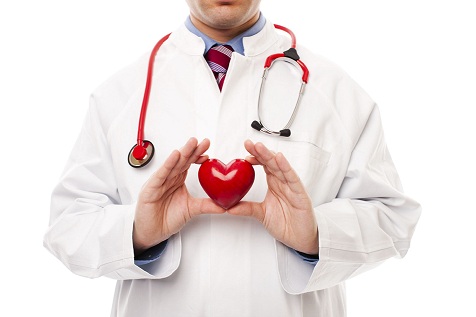Are you worried about the possibility of breast cancer in your future, or in the future of someone you love? Here are the top ten things you can do to ensure a breast cancer-free future for yourself and your loved ones.
Detection
1. Get regular mammograms. It sounds obvious, but you’d be surprised how many women don’t. Last week an Australian study found that women who get regular mammograms had a 4 percent risk of dying of breast cancer; women who weren’t screened had a 56 percent mortality rate. Ready to make that appointment?
2. Find out whether you or women close to you have dense breasts. What does this mean? It means the breast cells grow and multiply more rapidly, raising your risk. Plus dense breasts make it harder for a mammogram to “see” through the tissue and detect a tumor. While dense breast tissue is more common in younger women who haven’t yet had children, it’s also hereditary and can affect any woman. I have a dear 43-year-old friend whose breast tumor failed to show up on three years’ worth of mammograms before her doctor finally ordered an MRI. How to find out? Schedule a breast exam and ask your doctor. Also talk to the radiologist who’s administering your mammogram.
3. Ask your doctor to recommend other tests. Surprise: Mammograms are only 16 to 40 percent accurate, studies show. Meanwhile, ultrasounds and MRIs can detect breast tumors that may not show up on mammograms. MRIs, the gold standard, are 70 to 100 percent accurate. This fall Dartmouth University published a study showing that MRIs found tumors in 20 percent of patients who’d already “passed” a mammogram or ultrasound. If you have any reason for concern, ask your doctor to refer you for an ultrasound, MRI, or both.
4. Know your BMI — and lower it if necessary.Studies show that women whose body mass index (BMI) is at the lower end of the scale for their height lower their risk of breast cancer. Even more important, though, is getting rid of belly fat, which acts like a “˜hormone pump’ releasing estrogen into the bloodstream as well as raising levels of other hormones.
5. Get 30 minutes a day of exercise. We all know this is one of the best ways to keep our weight down, but research also shows that activity itself helps prevent cancer by keeping hormone levels healthy. This is important for preventing hormone-fueled breast cancer.
6. Limit alcohol to one drink a day — or save it for special occasions. More than one drink a day is associated with a significant increase in breast cancer risk, and teetotalers have the lowest risk of all. It seems that alcohol boosts the effect of other toxins, such as nicotine from smoking, and can directly damage DNA, leading to cancer.
7. Eat those fruits and veggies. For more information, check out these top 10 foods known to prevent cancer.
8. Quit smoking. Sorry, I know you don’t want to hear it. But there are great new helpful tools to make it easier to quit — and doing so will reduce your risk of not only breast cancer, but lung, colon, and throat cancer too.
9. Skip the supplemental soy. Soy contains chemicals called isoflavones, which — when concentrated — act like estrogen in your body, so they can stimulate estrogen-sensitive breast cancer. But it’s soy supplements that are the concern; eating tofu or drinking soy milk is fine unless you’re at specific risk of estrogen-sensitive cancer. Overall, women who eat a diet high in soy have a lower breast cancer risk.
10. Don’t take hormones, or limit how long you take them. There’s still plenty of controversy, but most experts agree that long-term use of estrogen and progesterone combination hormone therapy boosts your breast cancer risk. If you or someone you care for is really desperate, ask your doctor to prescribe the lowest possible dose, and plan to use it as a six month respite, and then reevaluate. Five years is considered the maximum time a woman should be on hormones.

